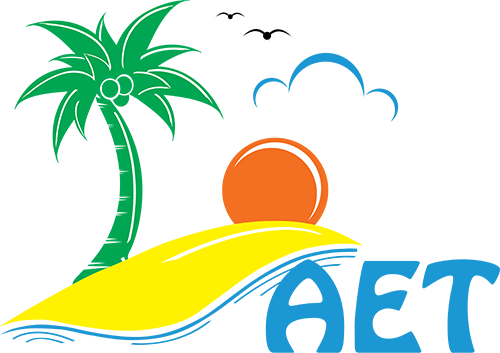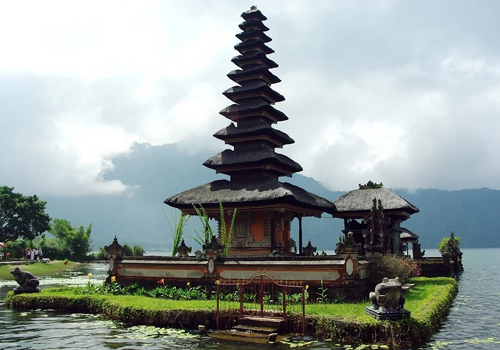Phnom Penh-Kampong Thom-Siem Reap Tours
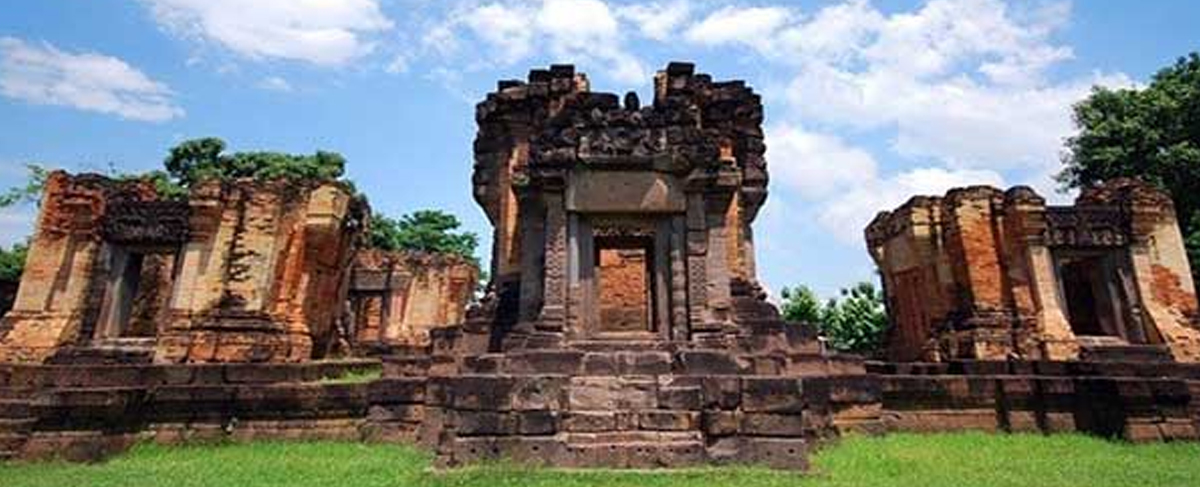
| Tour Code | |
| Tours Destination | Phnom Penh -Kampong Thom- Siem Reap |
| Duration | 6Days 5Night |
| Nature of Tours | Flavours of Cambodia |
Over Views
Related Tours
Price of Tours
Upon Request
Inclusions
- All land sightseeing and transportation
- Accommodation in sharing room
- English speaking local guide
- All entrance fees
- Boat trip in Tonle Sap Lake
- Pure drinking water during sightseeing
Exclusions
- Service not mentioned in program
- All Meals / Compulsory meals
- International flight ticket to Cambodia
- Visa for Cambodia currently USD30 per person
- Single room (quote separated)
- Expenditure of a personal nature
- Travel insurance (cover against all cancellation costs, medical expenses, including repatriation, in the event of accident of illness)
Photo of Tours
Itineraries
Itinerary Day by Day
Notice: Trying to access array offset on value of type null in /home1/asiaexn/public_html/wp-content/plugins/bdthemes-element-pack-lite/modules/accordion/widgets/accordion.php on line 840
Notice: Trying to access array offset on value of type null in /home1/asiaexn/public_html/wp-content/plugins/bdthemes-element-pack-lite/modules/accordion/widgets/accordion.php on line 841
Arrival Phnom Penh international airport , then tour guide and driver will pick up and transfer to hotel for check in.
Then, we explore the stunning Royal Palace complex, home to the Cambodian royal family and a symbol of the nation. We begin amid the beautiful royal gardens, landscaped with tropical plants and studded with gleaming spires. We enter the Throne Hall where the royal receptions are held and the Cambodian king’s coronation took place. We then pass the Napoleon III Pavilion made from iron, a gift from the French emperor in the 19th century.
We continue to the Silver Pagoda, named after the 5000 silver tiles covering the floor, each weighing 1kg. Inside are some of the country’s most cherished treasures, including a life-size gold Buddha studded with 9584 diamonds, the largest weighing 25 carats. There is also a delicate emerald Buddha made of baccarat crystal, which gives the temple its Khmer name of Wat Preah Keo (Temple of the Emerald Buddha).
We leave the Royal Palace and continue to the nearby National Museum, home to the world’s finest collection of sculpture from the Angkor period. The exquisite building was completed between 1917 and 1920 and features a lush courtyard garden surrounded by collections from the pre-Angkor, Angkor and post-Angkor periods. We concentrate on the incredible sandstone sculpture from Angkor, as well as the intricate bronzes.
We travel to the Russian Market, one of the premier shopping destinations in the Cambodian capital. Known as Psar Tuol Tom Pong, it earned its nickname in the 1980s, when Russians were the only tourists in Cambodia. A rambling place, it is bursting with bargains, including handicrafts, carvings, silk and textiles, clothing and footwear, and lots of pirated software, CDs and DVDs, not forgetting enough motorcycle parts to assemble a homemade moped.
We leave Phnom Penh and travel northeast to the bustling provincial city of Kompong Cham. En route, there is the chance to pause at Skuon, affectionately known as ‘Spiderville’, where it is possible to sample the local delicacy of deep fried tarantula. We journey west to the provincial capital of Kompong Thom, where we stop for lunch.
After lunch, we explore the impressive pre-Angkorian capital of Isanapura, known today as Sambor Prei Kuk. The first major temple city in South-East Asia, the brick temples of Sambor Prei Kuk are a peaceful contrast to their more illustrious relatives at Angkor. Visiting these ancient structures before our pilgrimage to Angkor offers a fascinating chronological insight into the development of temple architecture during the Khmer Empire. We explore the main temples here, including Prasat Tao with its elaborately coiffured lions and Prasat Sambor, with its crumbling sanctuaries.
Breakfast at hotel
We travel to the lost temple of Beng Mealea, the titanic of temples, a slumbering giant lost for centuries in the forests of Cambodia. It is the most accessible of Angkor’s lost temples, a mirror image of Angkor Wat, but utterly consumed by the voracious appetite of nature. Constructed by Suryavarman II (1113-1150), the builder of Angkor Wat, the forest has run riot here and it is hard to get a sense of the monument’s shape amid the daunting ruins.
Here it is possible to enjoy an Indiana Jones experience clambering about the vast ruin. For those who want a gentler adventure, there is also a sturdy wooden walkway running right into the heart of the temple. It is also possible to visit a nearby Angkor-era quarry from where stone was cut to build these massive monuments.
We start outgoing sights by journey out to the Mother of all temples, Angkor Wat. Believed to be the world’s largest religious building, this temple is the perfect fusion of symbolism and symmetry and a source of pride and strength to all Khmers. Built in the 12th century by King Suryavarman II, this is most famous temple at Angkor
Breakfast at hotel
We travel to Ta Prohm which has been abandoned to the elements, a reminder that while empires rise and fall, the riotous power of nature marches on, oblivious to the dramas of human history. Left as it was ‘discovered’ by French explorer Henri Mouhout in 1860, the tentacle-like tree roots here are slowly strangling the surviving stones, man first conquering nature to create, nature later conquering man to destroy.
After soaking up the unique atmosphere of Ta Prohm, we continue to the giant pyramid of Takeo, one of the highest temples in the Angkor area. Built at the end of the 10th century, it was never completed. Some scholars contend this was due to an inauspicious lightning strike during construction. Others have suggested the high-quality sandstone was simply too hard to carve in detail.
In the afternoon, we visit the sites of Angkor Thom, including Victory Gate, the Bayon, Baphuon, Phimean Akas, the Terrace of the Elephants and the Terrace of the Leper King.
Breakfast at hotel
Rising at the crack of dawn, we journey out to the Mother of all temples, Angkor Wat. Believed to be the world’s largest religious building, this temple is the perfect fusion of symbolism and symmetry and a source of pride and strength to all Khmers. Built in the 12th century by King Suryavarman II, this is most famous temple at Angkor. We stay at Angkor Wat to enjoy a picnic breakfast
We travel out to the mighty Tonle Sap Lake to visit the floating village of Chong Kneas. There are floating schools, floating shops, floating petrol stations, even floating karaoke bars. Many of the houses are floating fish farms with large pens of fish underneath. On the way back to Siem Reap, we call in at Les Artisans d’Angkor, a workshop to redevelop traditional Cambodian artisan skills
Breakfast at hotel
Free leisure until driver pick up and then you will transfer to airport for your next destination flight.
END OF SERVICES END OF SERVICES!!!
Classical Tours
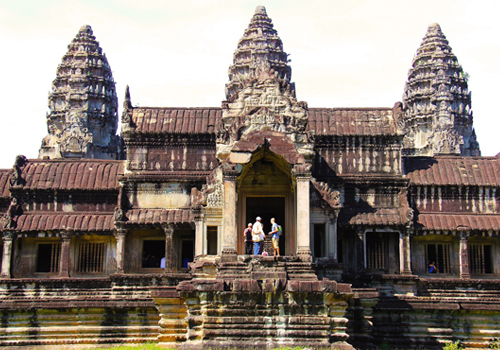

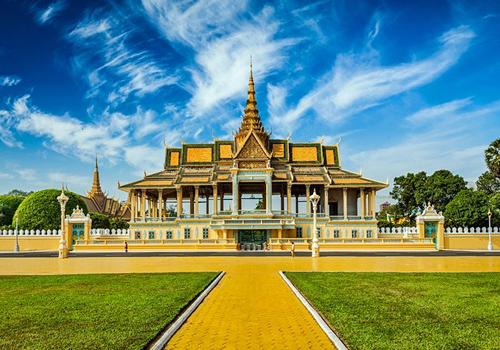
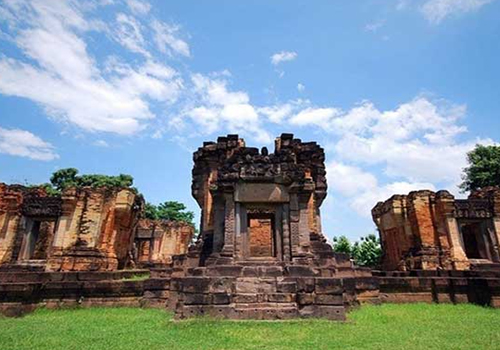
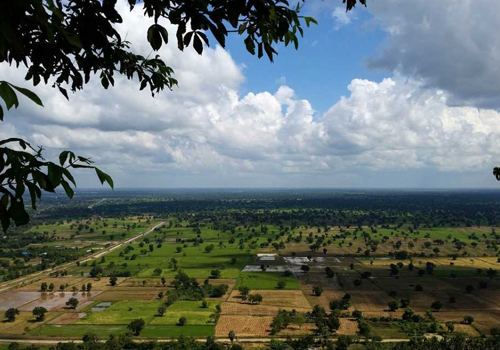
What Client Say




